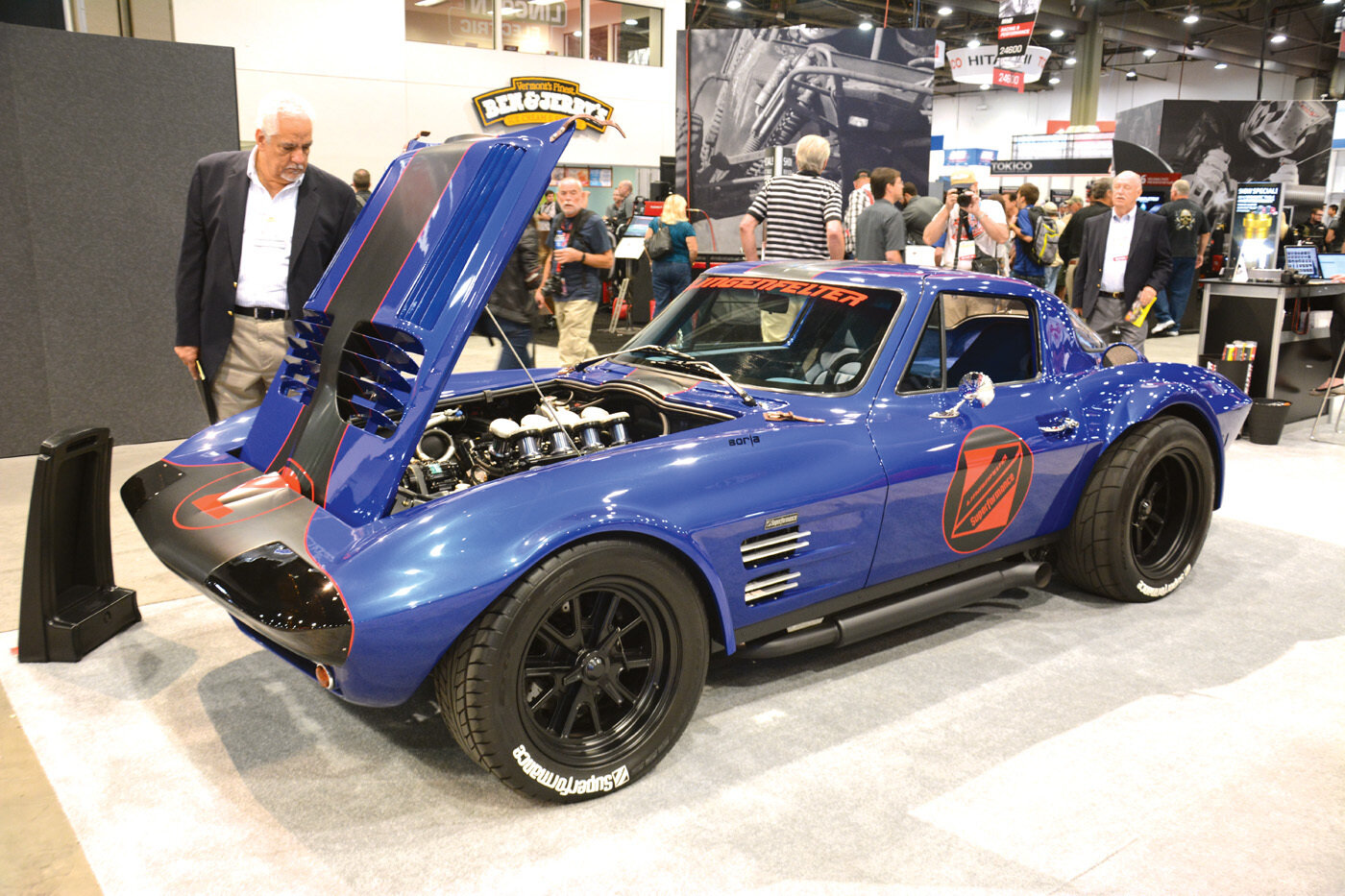
Low Volume Vehicles Act Synopsis
By Dean Larson
Photos by Dean Larson and Steve Temple
The Low Volume Motor Vehicle Manufacturers Act of 2015 changes the automobile regulatory environment in the U.S., but like any other piece of legislation, it can be fairly difficult to interpret. At the 2016 SEMA Show, a group of manufacturers and experts held a panel discussion to explain some of the new law’s details. Through that panel discussion and some of our own research, here’s our best summary of the new legislation.
The National Highway Traffic Administration (NHTSA) was established in 1966 to write most of the regulations on automobile safety and performance. Standards written by NHTSA focused on brand-wide fuel economy, safety equipment and testing, and formed a sort of “one-size-fits-all” system. This created exceptionally high entry costs into the automotive market, such as costly crash testing, which made low volume automobile production difficult. Other relevant regulating agencies include the Environmental Protection Agency (EPA), which regulates automobile emissions on a national level through Federal Standards, and the California Air Resources Board (CARB), which has authority to enforce special regulations for California and other states that have adopted the CARB system.
The express purpose of the low volume law is to allow small manufacturers to produce 325 turnkey replica automobiles each year within their own regulatory system — the Low Volume Vehicle Manufacturers Act. These vehicles are waived from some NHTSA provisions, but they are within the jurisdiction of the EPA and CARB. The word turnkey is really the main factor here. In the past, low volume automobiles were mostly funneled through the kit car route, where the buyer would install the engine and transmission or have it installed. Before the installation of these components, the car is considered an assemblage of automotive parts, not a vehicle subject to emissions regulation and NHTSA safety standards. Since it had worked well for many years, the kit car precedent would be the basis for the new low volume bill. “There are now literally three tiers of motor vehicles in the United States, one we’ll call the big Detroit manufacturers … the second are small-volume manufacturers. … This establishes a new tier, the low volume, so we think that this is a pretty important step forward,” says Russ Deane, SEMA general counsel.
To qualify, a manufacturer’s total production is limited to 5,000 or fewer automobiles per year globally, including any subsidiaries or parent companies. Manufacturers falling within the criteria are allowed to sell 325 complete replica vehicles per year in the U.S. — either produced domestically or imported. Originally, SEMA officials and the bill’s authors had a larger vision — with larger production numbers and including proprietary (non-replica) vehicles. However, large automakers objected, claiming that this was direct competition without the same rules; fair enough.
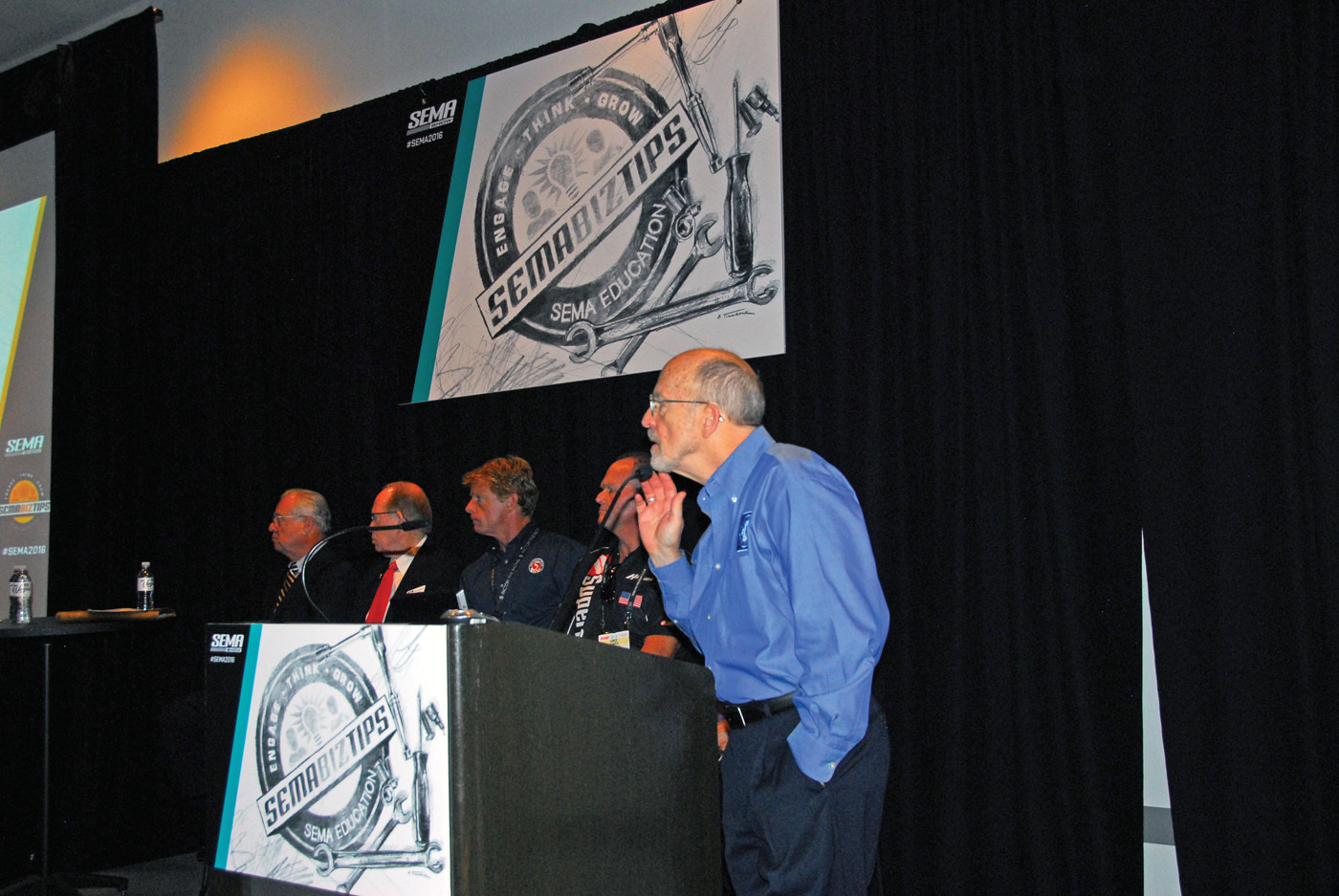
At a seminar held during the SEMA show, Stuart Gosswein, Sr. Director General Government Affairs SEMA (right), provided background on how the low-volume replica law came about, and highlighted its significance to aftermarket companies and consumers in general.
Manufacturers who meet the low volume definition are not given a free pass, however. A few strong rules predicate the type of vehicles they are allowed to produce. As stated, these companies are permitted to sell 325 replica automobiles, meaning a proprietary low volume vehicle, like the Factory Five 818, is not eligible. The new law defines a replica vehicle as one that is intended to resemble another vehicle produced at least 25 years ago. In the component and replica car market, there are obviously varying degrees of the word “resemble.” The manufacturers and SEMA officials relayed that this was a bit of a gray area, but ethics, intellectual property rights and legal precedents would be the guiding principles. To put it simply, a car is available for replication if a manufacturer owns the intellectual property, has a licensing agreement with its owner, or the design has been abandoned and deemed within the public domain.
After ensuring that a low volume company and its proposed project is within the definition, it’s important to know what kind of regulations a vehicle will be subject to. The new law affords a pass on NHTSA’s safety standards — a long list of required equipment for avoiding crashes and crashworthiness — bypassing costly crash testing that an antiquated design is bound to fail. Replica automobiles are also given a pass on bumper standards; NHTSA’s CAFE Standards, which regulate fuel economy; and several labeling requirements. While immune to these motor vehicle standards, the vehicle will be subject to NHTSA’s equipment standards, which regulate components like tires, brake lines, fluids, lights, etc. Vehicles are still subject to EPA and/or CARB regulations and must be emissions compliant.
The new low volume law outlines two separate processes for powering replicas with an emissions-compliant engine. An engine, including all emissions controls, from a current model vehicle may be used if it is already covered by an EPA certificate of conformity, which is required for every engine package used in production vehicles. Unfortunately, this approach is much more difficult than it sounds. While companies will sell a crate engine with supporting hardware, they might not currently provide the additional requirements under the new law. Instructions for the proper installation of the engine package, emission control systems warranty information, and a functioning OBD II diagnostics system must be included with the engine package.
The second route allows a manufacturer to use an engine package that has been issued an Executive Order (EO) from CARB. Within CARB regulations, it is unlawful to modify any emission-controlling component. Aftermarket parts such as high-flow catalytic convertors and mufflers are deemed not legal for road use unless they have been exempted by CARB with an EO. Through the EO process, manufacturers file applications for an aftermarket product and the vehicles it applies to. CARB approves certain replacement parts and deems them legal in that application. For an engine package to be legal in this second route, it must have an EO issued, since it is in fact emissions related. Currently, there is only one engine on the market that has an issued EO, the GM LS3 E-ROD. “We’ve been engaged in recent conversations with a number of smaller engine builders who are looking for ways to possibly fit into this program,” says Jim McFarland, SEMA technical consultant on the EO program. Importantly, manufacturers providing engines through the EO route must supply the same emissions and diagnostics systems as engines sourced through the EPA certificate of conformity route.
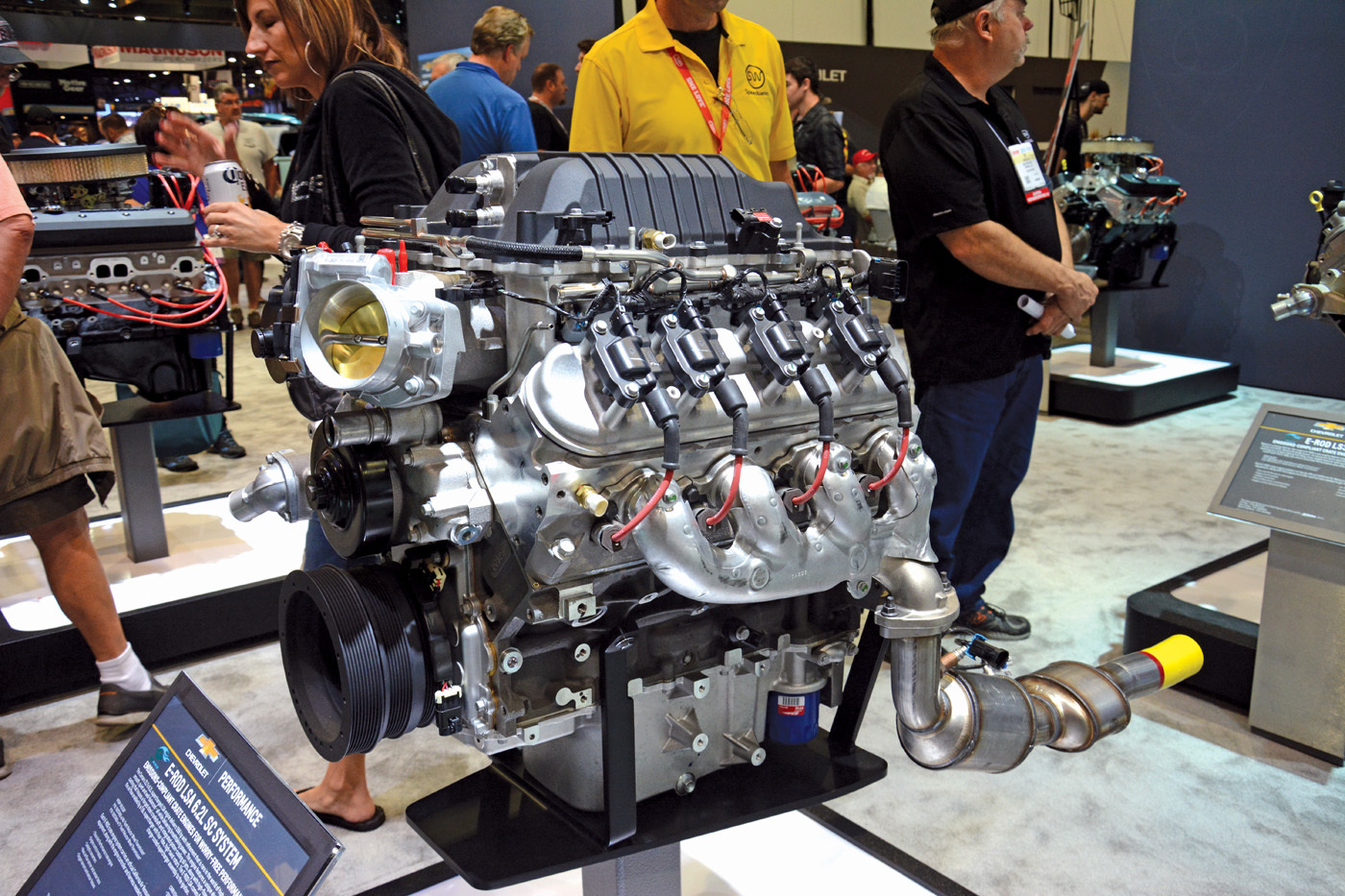
The GM LS3 E-ROD is the only engine on the market with a CARB EO. The 6.2-liter, aluminum block V8 engine is good for 430 hp at 5,900 rpm. The engine package is offered with simplified electronics and installation kits for several applications.
The final conditions for low volume automobile manufacturers are various registration and reporting requirements. Manufacturers must register with both NHTSA and the EPA, and will provide annual production reports detailing how many vehicles were produced, what type and what components were used.
After reading through all the complexities of the new low volume law, it should come as no surprise that its implementation has been bogged down in legal jargon. SEMA officials hope manufacturers will be able to start production soon, but admit there is no definitive time frame. NHTSA has been working through its Letter of Interpretation, which will release their final terms, however the document has not been released and there is no fixed time period. The EPA also has yet to release its guidance document, and SEMA officials are still working with CARB to expand its EO program.
While the Low Volume Motor Vehicle Manufacturers Act might have a more narrow focus than originally intended, it’s important to see it as a major step for the industry. Component car manufacturers are finally able to cater to the segment of the replica car market that would prefer a turnkey vehicle. For this reason, we see the large companies like Factory Five Racing gearing up with new facilities and staff to meet demand. “We’ve bought some property next door, we’re building a 40,000-square-foot facility with the intention of building our completed Factory Fives,” Dave Smith of Factory Five Racing said during the SEMA panel. For those whose application is outside the focus of this law, it’s critical to see this as the first major step forward. If the implementation of the law goes smoothly, SEMA officials are hopeful that the provisions of the low volume law can be extended.
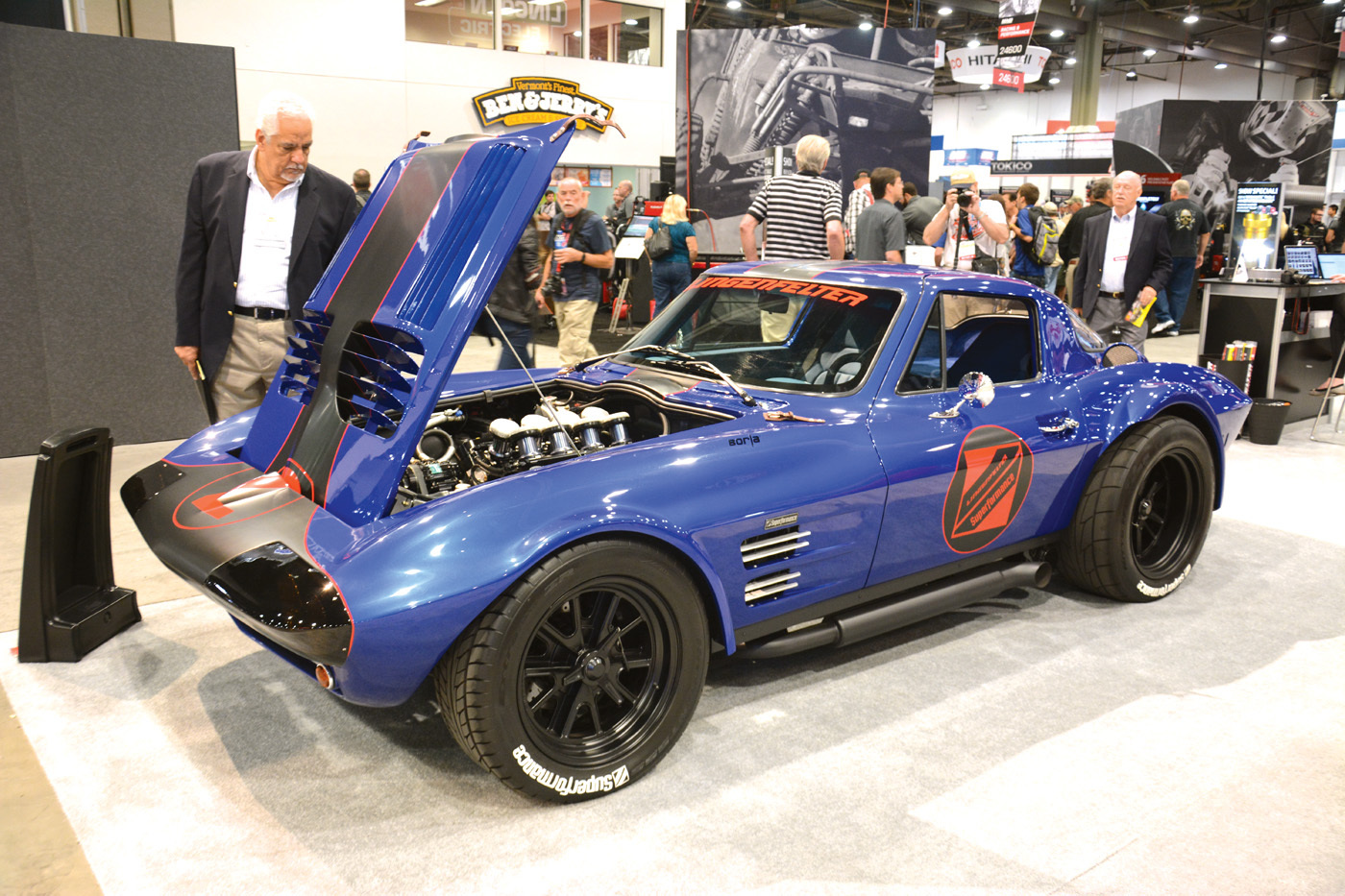
The Superformace Corvette Grand Sport is a prime candidate for the low-volume law. Produced under a licensing agreement with General Motors, a turnkey Grand Sport with an E-ROD under the hood is almost inevitable.

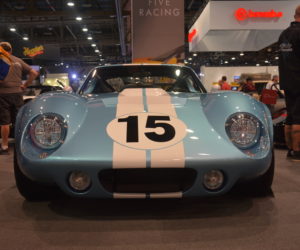
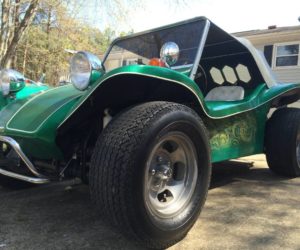
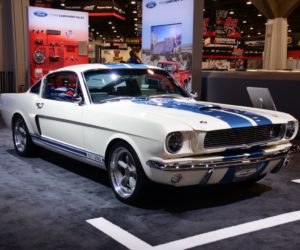
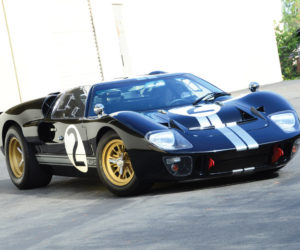






Comments for: Low-Volume Legislation Encapsulation
comments powered by Disqus